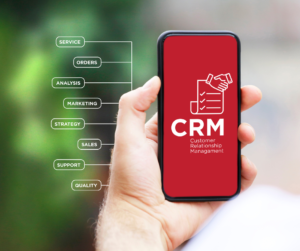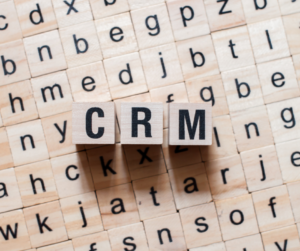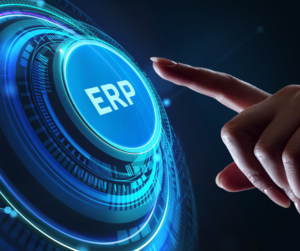To adapt to the ever-changing environment in which they operate, chief supply chain leaders must also employ new technologies and reimagine the future of supply chains.
The pandemic shone a spotlight on global supply chain networks. It exposed their flaws and weaknesses. Despite the fact that the supply chain profession has received more attention and gratitude from CEOs and the C-suite than ever before, supply chain leaders are now being challenged to use that attention to advance their digitalization plans and prepare their supply chains for tomorrow’s disruptions.
These weaknesses, such as improving customer service while at the same time reducing costs, can be resolved by continuous investments in supply chain digitalization.
However, digitalization is insufficient on its own. Supply chain leaders also must use new technologies to adapt to the ever-changing environment in which they’re operating. The supply chain’s role in the organization’s sustainability initiatives, as well as a more disruptive geopolitical situation, requires new strategies and mindsets.
Cloud shift enables digital business opportunities
Organizations that adopt dynamic, cloud-based operational models are better positioned to compete in today’s fast-changing business climate. Artificial intelligence (AI), the Internet of Things (IoT), edge computing, and advanced data analytics are all part of the next major wave of technological disruption. As part of an organization’s digital business technology platform, these innovations are almost always linked to a cloud foundation.
Automation technologies like artificial intelligence (AI) and robotic process automation (RPA) offer ways to get around this limitation. Automation, according to 56% of study respondents, will enable businesses to make onshore manufacturing economically viable. These technologies can be utilized on a tactical level — for example, to perform picking and packing — but they can also be used to improve strategic planning and forecasting, increasing the supply chain’s overall efficiency.
The future of supply chain management is to strike a balance between cost containment and resilience.
Improved supply chain resilience and agility in meeting consumer expectations is one of the top concerns for businesses. At the same time, as customers want competitive pricing and CEOs watch their margins, the drive to cut costs isn’t going away.
The majority of supply chain executives say that their supply chains were created largely to save money. In a changing market where unpredictability and increasing consumer demands go hand in hand, the challenge for supply chain leaders and their organizations now is to discover new trade-offs between cost, speed, and service.
According to the results of the Gartner 2020 Future of Supply Chain Survey, the majority of respondents recognize that national interests in domestic sourcing will have a greater influence on decision-making. However, just 27% of respondents believe that their consumers are explicitly interested in locally sourced and manufactured products and 45% believe that their customers are more concerned with the price than the origin of the product.
The future of the supply chain is purpose-driven
When faced with existential environmental implications on stakeholder groups across the value chain, profitability is no longer adequate. Supply-chain-led organizations must demonstrate purpose by demonstrating that stakeholder benefit is a top focus.
Being purpose-driven entails not only doing no damage to stakeholders but also amplifying advantages in a good way. Supply chains have the most important end-to-end environmental implications for many businesses.
Again, digitization is beneficial. Collaboration, visibility, and risk management will all benefit from a digital partner ecosystem enabled by technologies like blockchain and the Internet of Things (IoT).
Supply chain leaders need data from their digital ecosystem to monitor environmental efficiencies, such as customer experience, carbon footprint, and the health and prosperity of local supply communities. They can then set targets and requirements for themselves and their suppliers based on the current situation, and track progress in real-time.
“We are currently moving our traditional data center on-premises architecture to be on the cloud and Gartner provided us with the proper architecture design and cloud strategy,” said Khalid Al-Mutawah, Director of Enterprise Architecture, Information & E-Government Authority.
Gartner estimates that less than one-third of enterprises have a documented cloud strategy.
Over the next few years, more than 80% of companies expect to establish the capabilities for a digital ecosystem. Although this appears to be a lofty goal to achieve in such a short period of time, it emphasizes the importance of digitally connecting with the ecosystem to support the most important future supply chain strategies — resilience, agility, and purpose-driven organizations — and, ultimately, to improve the customer experience.





